LORD BUDDHA'S BIRTH AND DEATH in NEPAL
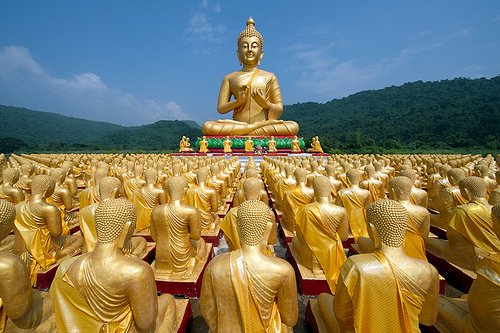
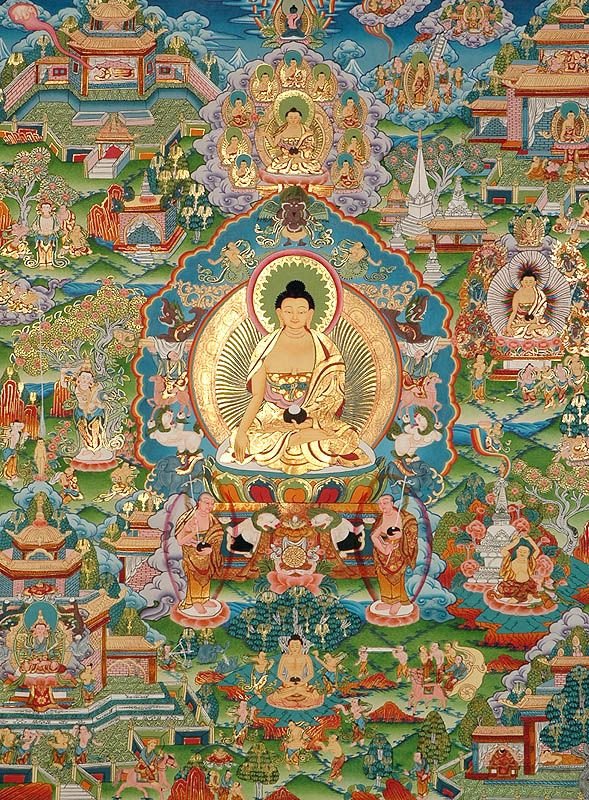
Lord, Gautam Buddha (c. 563 BCE/480 BCE – c. 483 BCE/400 BCE), and also known as Prince Siddhartha,who walked Seven Steps just after his born in this cosmos was in the teritory of the world's most Natural Gifted Country NEPAL. In Nepal, it is also said that, there still exists the Foot Print of Lord Buddha, inside the hall of the white building in LUMBINI, NEPAL, The photograph for these:

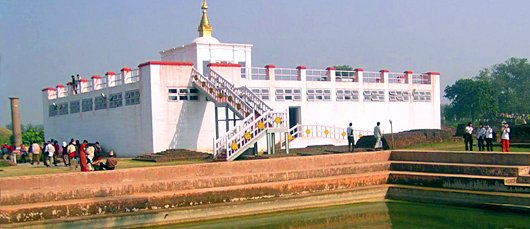
Shakyamuni Buddha or simply the Buddha, after the title of Buddha, was an ascetic and sage,on whose teachings Buddhism was founded.
SEVEN STEP WALK AFTER BIRTH
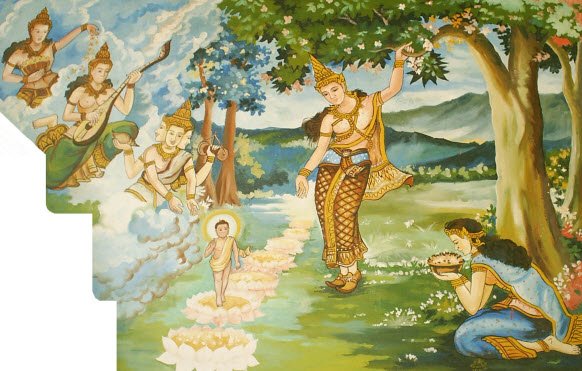
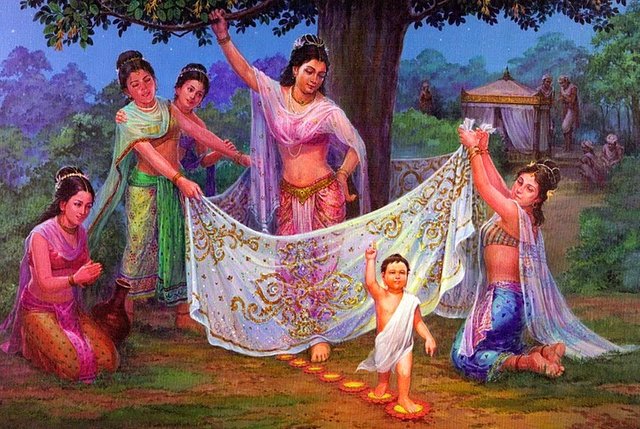
ENLIGHTMENT PICTURES OF BUDDHA

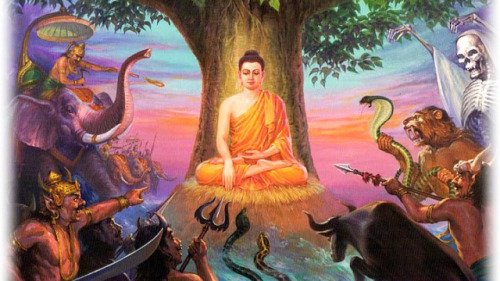
https://qph.ec.quoracdn.net/main-qimg-f7195523a57f02b81ea3f784b3596d62-c
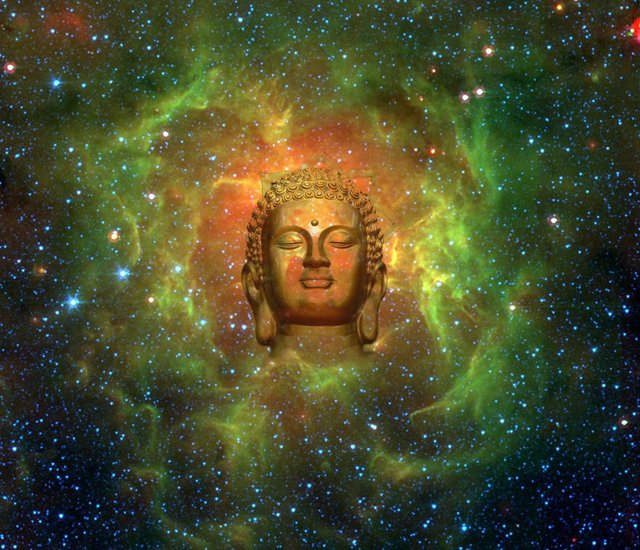
HISTORY OF SIDDHARTHA GAUTAM
Siddhartha Gautam was a prince at that time of small part of Nepal's Kingdom. He was very faithfull and peace minded from his childhood. Most accept that he lived, taught and founded a monastic order during the Mahajanapada Era during the reign of Bimbisara (c. 558 – c. 491 BCE, or c. 400 BCE), the ruler of the Magadha empire, and died during the early years of the reign of Ajatasatru, who was the successor of Bimbisara, thus making him a younger contemporary of Mahavira, the Jain tirthankara. Apart from the Vedic Brahmins, the Buddha's lifetime coincided with the flourishing of influential S ramaṇa schools of thought like AjIvika, Carvaka, Jainism, and Ajnana.[14] Brahmajala Sutta records sixty-two such schools of thought. It was also the age of influential thinkers like Mahavira (referred to as ''Nigantha Nataputta'' in Pali Canon), Puraṇa Kassapa, Makkhali Gosala, Ajita Kesakambali, Pakudha Kaccayana, and Sanjaya Belaṭṭhaputta, as recorded in Samannaphala Sutta, whose viewpoints the Buddha most certainly must have been acquainted with. Indeed, Sariputta and Moggallana, two of the foremost disciples of the Buddha, were formerly the foremost disciples of Sanjaya Belaṭṭhaputta, the skeptic; and the Pali canon frequently depicts Buddha engaging in debate with the adherents of rival schools of thought. Thus, Buddha was just one of the many sramaṇa philosophers of that time. There is also evidence to suggest that the two masters, Alara Kalama and Uddaka Ramaputta, were indeed historical figures and they most probably taught Buddha two different forms of meditative techniques. While the general sequence of "birth, maturity, renunciation, search, awakening and liberation, teaching, death" is widely accepted, there is less consensus on the veracity of many details contained in traditional biographies.
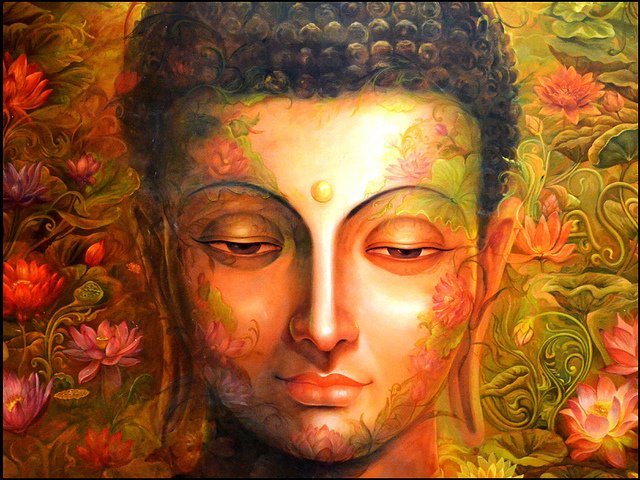
The times of Gautama's birth and death are uncertain. Most historians in the early 20th century dated his lifetime as circa 563 BCE to 483 BCE. More recently his death is dated later, between 411 and 400 BCE, while at a symposium on this question held in 1988, the majority of those who presented definite opinions gave dates within 20 years either side of 400 BCE for the Buddha's death. These alternative chronologies, however, have not yet been accepted by all historians.
Conception and Birth of "Lord. Gautam Buddha"
Siddhartha Gautama lived in northern NEPAL in the 6th century C.E. He was born into a Hindu family of the ruling caste. Ancient Buddhist texts record slightly different stories about his life and how he became a "Buddha" or "enlightened one". Here is the most common version.
Siddhartha was about 5 days old when his father called a group of priests together for a feast. He asked them about the infant's future. They prophesied that the infant would either become a great king or a great sage. The father preferred his son to become a great king, so he structured his son's life such that he never had to face any of the hardship or struggles of life.
Why?
Because in the Hindu tradition of the time (which you can read about here), those who became holy men or sages followed a path of renunciation. At a certain point in their lives, they would renounce what was called "householder" life - a life of marriage, family, work, etc. - and go live in the forest where they spent the rest of their lives in study, meditation and other spiritual practices.
Siddhartha's father did not want his son to become one of these renouncers, so he made sure his son's life was as perfect as possible, offering everything wonderful and nothing negative or upsetting. The father made sure his son was shielded from anything that would make him want to leave the kingdom.
One day, as Siddhartha was touring a park area of the kingdom, he saw four things that changed his life. First, he saw a sick person. He had never seen a sick person before and was shocked at the sight. Next, he saw an old person, someone stooped over and suffering the effects of old age. Again, he was shocked for he'd never seen this suffering before. Then, he saw a corpse! He'd certainly never seen a dead person before, nor did he even really understand the reality of death. His father had kept him sheltered from all these things, particularly death.
Finally, he saw a sage or holy man walking up the path. The sage passed by the sick person, the old person and the corpse - and as he did so, his face and demeanor was filled with compassion, peacefulness and joy.
Siddhartha at that moment recognized for the first time the profound suffering that even the best of lives involves. He resolved to be like the sage, who in the midst of sickness, old age and death could still live a life of compassion, peacefulness and joy.
So, he returned to the palace and made plans to renounce the kingdom and his life, and to wander into the forest to seek enlightenment.
Once in the forest, Siddhartha Gautama undertook the strict ascetic practices of the Hindu forest tradition, such as extreme fasting from food and water. At one point, the stories say, he ate only 1 grain of rice and 1 drop of water a day, and became so thin that he could place his hand on his stomach and close his fingers around his backbone!
After a great struggle within himself and the "demons" of ignorance, he finally broke through the illusions of his own mind and experienced true Reality. He achieved enlightenment and became a "buddha" - an enlightened one.
PICTURES: THE DEATH OF GAUTAM BUDDHA:
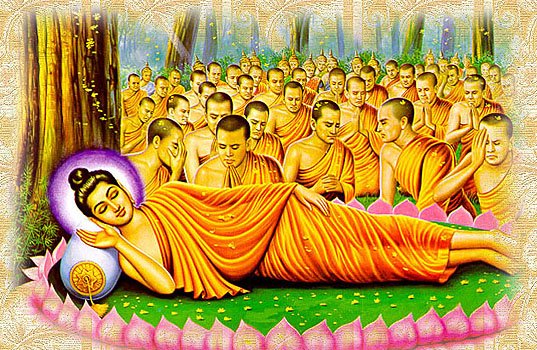

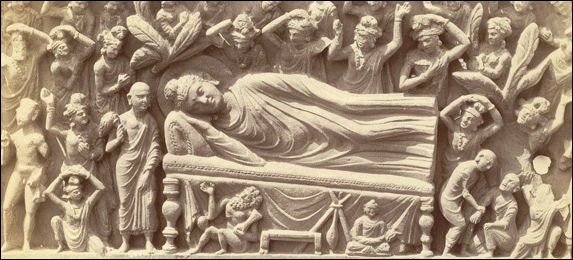
P.s: If you think my story is beautiful and have its power and truth, then please do not forget to UPVOTE and COMMENT in my story.
Thank you!
Hi! I am a robot. I just upvoted you! I found similar content that readers might be interested in:
http://www.world-religions-professor.com/siddhartha.html
~*~